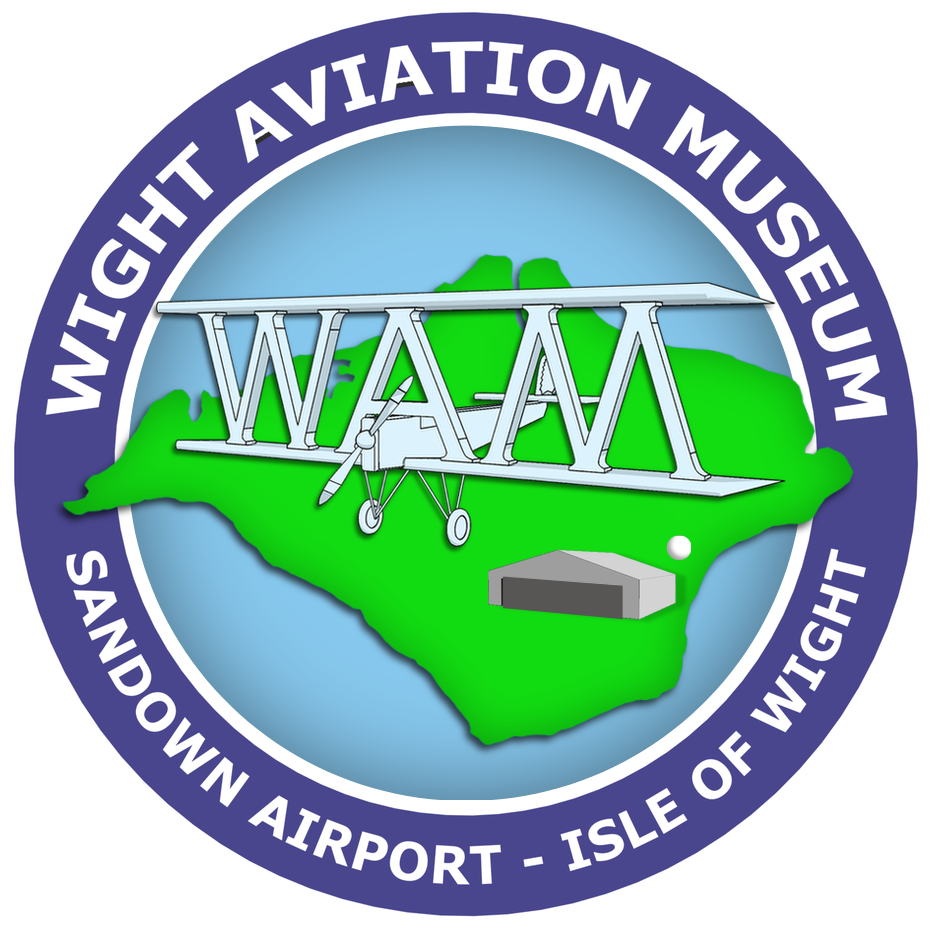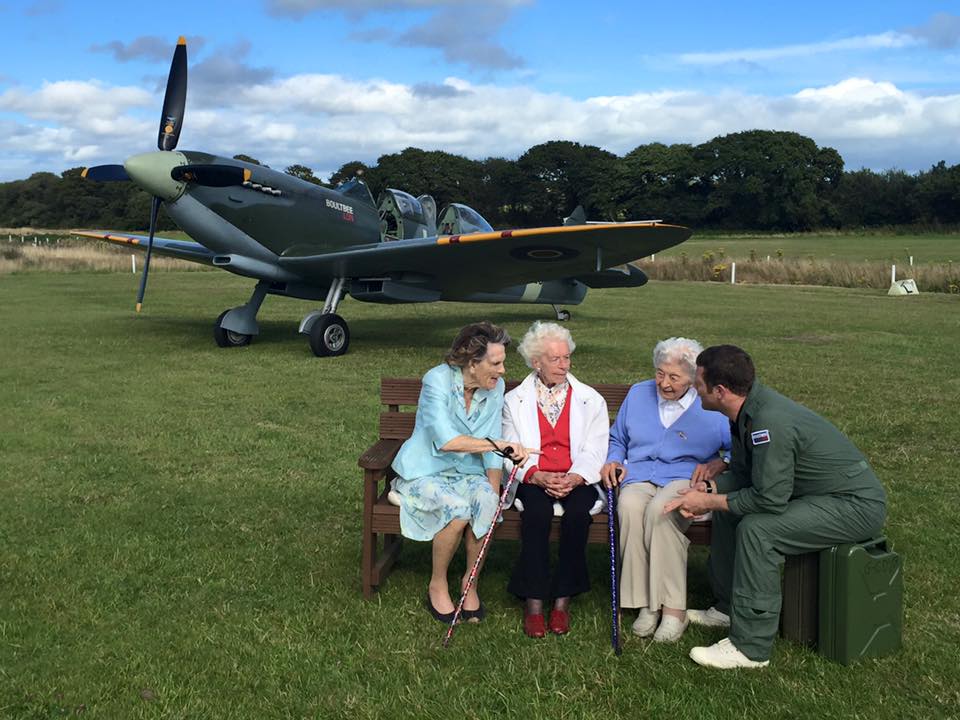
Without the ATA’s wartime efforts the RAF would not have had enough aircraft to put into the sky to counter the war in the Air.” Mary was an extraordinary lady and her legacy as a World War II pilot and her pivotal role at Sandown Airport, were key inspirations for the creation of the Wight Aviation Museum. It’s aim is to celebrate the considerable history in aircraft design & production on the Isle of Wight, as well those individuals on the Island who have made an outstanding contribution to aviation, of which Mary was certainly one.
We had been working with Mary and her associates to bring her story to our new museum and we hope our Mary Ellis exhibit will be a fitting tribute to this truly inspirational lady. Mary was born in 1917 and had her first flying lesson in 1938 at the age of 21 soon after gaining her civilian pilots licence. With the outbreak of WW2 in 1939, she joined the Air Transport Auxiliary (ATA) on the 1st October 1941.
The role of the Air Transport Auxiliary ( ATA) was to ferry fighter and bomber aircraft from the factories to the airfields, as well as to return damaged aircraft for repair.
Although there were no female fighter pilots during the war, 168 woman pilots took part in ATA operations flying aircraft to front line active airfields around the UK, often with only rudimentary navigation aids, no radios or any kind of defenses and, in consequence, several lost their lives during operational service.
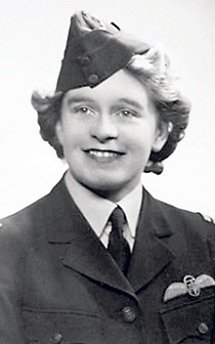
Mary flew a total of 400 Spitfires, delivering over 1000 planes to RAF stations. By the end of the war she had amassed 1100 hours flying on nearly 80 types of aircraft, including the Wellington heavy bomber and Britain’s first jet fighter aircraft, the Gloster Meteor which could fly at speeds of up to 600 mph.
Commandant of Sandown Airport from 1950 to 1970
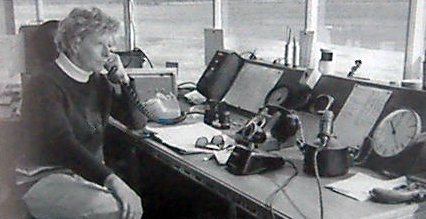
After the war she moved to the Isle of Wight and became Commandant of Sandown Airport from 1950 to 1970 helping it to develop into a thriving commercial airfield. She pioneered regular air services in the 60’s from the North of England and was the air traffic controller as well as running the airfield by installing CRDF direction finding equipment enabling planes to still land in inclement weather.Mary even laid on coaches to take holiday makers to their hotels in Sandown and Shanklin!
In 2017 she celebrated her 100th Birthday with a flight from Sandown in her favorite aircraft, the Spitfire, becoming the oldest person to do so. More recently, Mary was awarded the Freedom of the Isle of Wight and, presenting the award the Leader of the Council exalted Mary as a “national, international and Island heroine”.
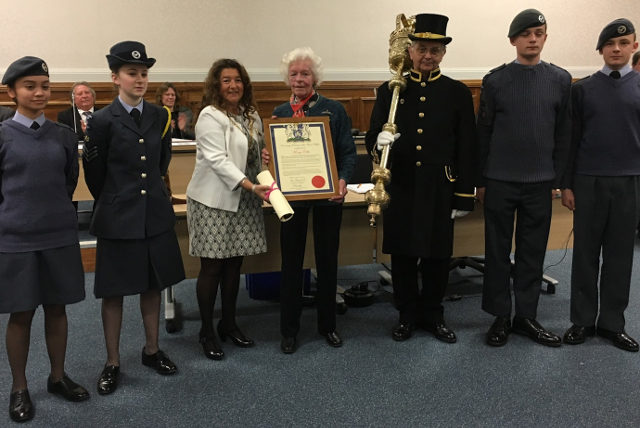
Mary died at the grand age of 101 in 2018. Founder and former chair of the Museum, John Kenyon, had known Mary for a number of years said:
“She will be remembered locally as a heroine who helped to establish the role of aviatrix pilots at a critical time for the nation.
Without the ATA’s wartime efforts the RAF would not have had enough aircraft to put into the sky to counter the war in the Air.” Mary was an extraordinary lady and her legacy as a World War II pilot and her pivotal role at Sandown Airport, were key inspirations for the creation of the Wight Aviation Museum“.
“The museums aim is to celebrate the considerable history in aircraft design & production on the Isle of Wight, as well those individuals on the Island who have made an outstanding contribution to aviation, of which Mary was certainly one“.
Before she died the Wight Aviation Museum had been working with Mary and her associates to bring her story to our new museum and we hope our Mary Ellis exhibit will be a fitting tribute to this truly inspirational lady.
- Mary was born in 1917 and had her first flying lesson in 1938 at the age of 21 soon after gaining her civilian pilots licence. With the outbreak of WW2 in 1939, she joined the Air Transport Auxiliary (ATA) on the 1st October 1941.
- The role of the Air Transport Auxiliary ( ATA) was to ferry fighter and bomber aircraft from the factories to the airfields, as well as to return damaged aircraft for repair.
- Although there were no female fighter pilots during the war, 168 woman pilots took part in ATA operations flying aircraft to front line active airfields around the UK, often with only rudimentary navigation aids, no radios or any kind of defenses and, in consequence, several lost their lives during operational service.
- Mary flew a total of 400 Spitfires, delivering over 1000 planes to RAF stations.
- By the end of the war she had amassed 1100 hours flying on nearly 80 types of aircraft, including the Wellington heavy bomber and Britain’s first jet fighter aircraft, the Gloster Meteor which could fly at speeds of up to 600 mph.
- After the war she moved to the Isle of Wight and became Commandant of Sandown Airport from 1950 to 1970 helping it to develop into a thriving commercial airfield.
- She pioneered regular air services in the 60’s from the North of England and was the air traffic controller as well as running the airfield by installing CRDF direction finding equipment enabling planes to still land in inclement weather.
